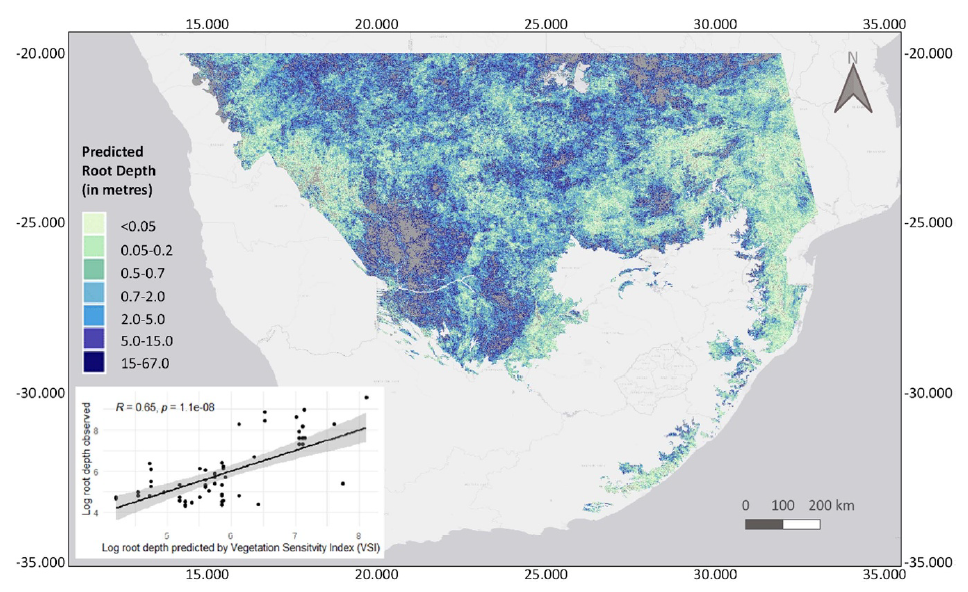Shrub growth and expansion in the Arctic tundra: an assessment of controlling factors using an evidence-based approach
September 8, 2017
September 2017. A new open-access research paper examines possible controls on Arctic shrubification using an evidence-based approach. Over at least the last three decades, changes in Arctic vegetation composition have occurred that have significant consequences for the regulatory capability of tundra environments. Specifically, woody shrubs have been increasing in height and spread, and expanding to fill in patchy landscapes. Rapidly increasing air temperatures or increased growing season lengths appear responsible for increases in woody shrub biomass, but high spatial heterogeneity in shrub responses to increasing temperatures suggest other controls are also significant.
The study, led by Andrew Martin of the Oxford Long-Term Ecology Laboratory, mapped the recent evidence base to determine the suite of controls that may be operating on shrub growth in the Arctic context, and the spatial and temporal characteristics of the evidence base. Spatial gaps and temporal limitations within the identified evidence base were assessed to determine potential research priorities.
 Spatial map from Martin et al (2017), demonstrating spatial gaps in the evidence base on a per-control basis. The map is available as an interactive figure.
Spatial map from Martin et al (2017), demonstrating spatial gaps in the evidence base on a per-control basis. The map is available as an interactive figure.Whereas there is significant evidence for an important role of air temperature and precipitation as drivers of Arctic shrubification, our systematic approach identified 23 proximal controls (those operating directly on the individual shrub and potentially affecting its growth and/or expansion) reported between January 2012–January 2017, spanning soil properties, biotic interactions, and the plant-atmosphere interface. 65% of evidence was generated in the warmest tundra climes. Study designs were in general found to be insufficient for investigating the mechanistic relationship between controls and shrubification, due to frequent use of non-temporal approaches.
Andrew Martin, Lizzy Jeffers, and Gillian Petrofsky are members of the Oxford Long-Term Ecology Laboratory. Isla Myers-Smith is based at the University of Edinburgh.
Latest News
Vector Atlas Engagement and Partnership Meeting, December 2022

The Vector Atlas team is looking forward to welcoming representatives from over 15 African countries to the first Engagement and Partnership Meeting to be held at the International Centre ... Continue reading
Seeing roots from space

A new study led by Dr Nicola Kühn during her DPhil associated with the lab titled “Seeing roots from space: aboveground fingerprints of root depth in vegetation sensitivity to ... Continue reading
Vector Atlas Spatial Modelling Workshop, November-December 2022
We are excited to be holding the Vector Atlas Species Distribution Modelling Training Course at the International Centre of Insect Physiology and Ecology (icipe) in Nairobi, Kenya, 30 November ... Continue reading
Vector Atlas at the 8th Annual PAMCA conference

The Vector Atlas team had a great time at the 8th Annual Pan-African Mosquito Control Association (PAMCA) conference held in Kigali, Rwanda, from 26 to 28 September 2022. Excellent ... Continue reading
Vector Atlas Kick-off Meeting

The international Vector Atlas team gathered at the International Centre of Insect Physiology and Ecology (icipe) Duduville campus in Nairobi from 4 to 8 July 2022 to celebrate the launch ... Continue reading
